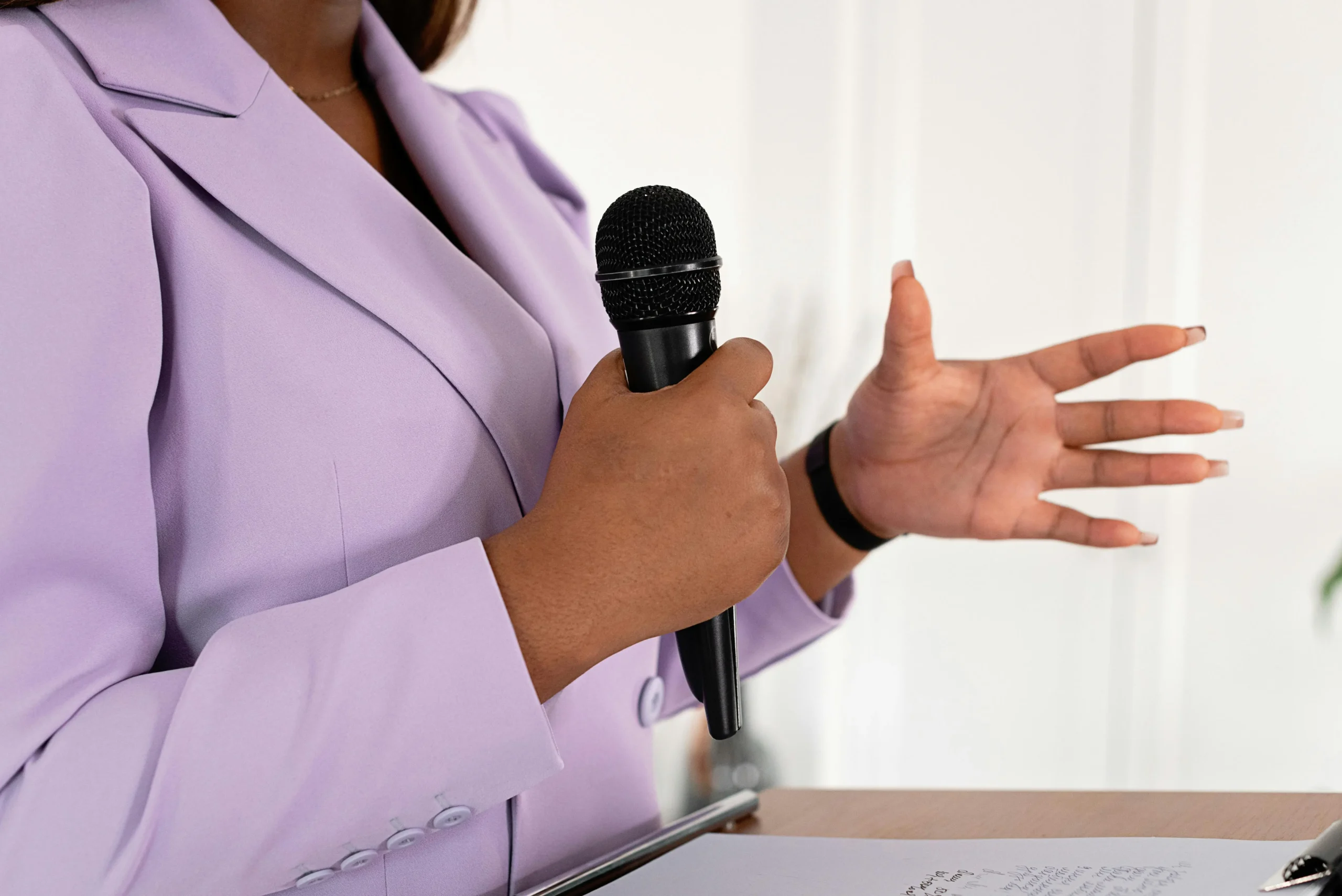At a glance
- Business Formal: Great for fancy events like galas and award shows.
- Business Casual: Just right for networking and conferences.
- Smart Casual: A comfy yet classy mix, perfect for team-building activities.
Corporate events are all about showing off your brand’s vibe, building relationships, and making a lasting impression. Among the most crucial and least thought-of aspects, the dress code sets the vibe for your event.
Choosing the right corporate event dress code can make or break a swanky gala or a relaxed team-building retreat.
Let’s learn why dress codes matter and how to choose the perfect one for your next corporate gathering.
Why Dress Codes Matter in Corporate Events?
Now, imagine going to a high-profile corporate dinner in your jeans while everybody else is in tuxedos. Awkward, right?
A thoughtfully chosen dress code ensures your event’s purpose is communicated before attendees even arrive.
At Peanut Productions, we certainly know how to make an impression. Dress codes are but one of many details that make certain your event fits within your identity and objectives.
Knowing the Purpose of Your Event
The first thing you will want to consider when choosing a corporate event’s dress code is to know its purpose.
Here’s how:
Formal Gala or Award Ceremony
Success comes with highly publicised times for celebration that must be formally business-attired. Think tuxedos, evening gowns, and sparkling shoes that evoke elegance and respect.
Networking Mixer or Conference
Business casual serves as a balance for mingling and professional exchange. Think blazers, slacks, and smart dresses, keeping it comfortable but professional.
Team-Building Retreat or Outdoor Event
Where the words are to relax and collaborate, smart casual fits. It can make the participants feel relaxed and yet stylish.
Themed Events
In events with a concept, a creative dress code can add fun. From “retro vibes” to “all-white elegance,” themed attire amplifies engagement and memorability.
Popular Corporate Dress Code Categories
Knowledge of the shades of each dress code makes just the right choice. Here’s a breakdown:
Business Formal
Great for very high-profile corporate functions, this would contain a suit and tie, cocktail dress, or some nice footwear. The watchwords here are grace and great impressions.
Business Casual
For the combination of professionalism with ease, casualness has ushered in button-up shirts, chinos, blouses, and skirts to turn them into the just-right profile-that is, the professional and unpretentious appearance of the guests.
Smart Casual
This hybrid style will marry comfort with class. Think dark jeans with a blazer or a chic dress with minimal accessory involvement. Suitable for semiformal events.
Theme-Based or Creative
Creative dress codes give character to your event. From “Roaring 20s” to “Cultural Heritage,” they allow people to be innovative yet still adhere to the concept of the event.
Major Elements to Think About While Creating a Dress Code
A number of elements dictate the appropriateness of a corporate event’s dress code. Think of the following:
Venue and Location
A grand ballroom can command formal attire, and a beach setting might be quite the opposite at casual-chic. The ambience of the venue shall be coherent with the dress code.
Audience Demographics
Age group, industry norm, cultural background-all these factors in. It will differ, for example, between events thrown by technology startups, perhaps smart casual, and those events put together by firms of lawyers-which will certainly be more formal.
Activity of the Event
Casual wear is used for interactive workshops or physical activities, while refined attire is used for formal dinners. The attire should correspond to the events of the day.
How to Effectively Communicate the Dress Code
Clearly communicating ensures that all attendees know how they have to be dressed up, which can avoid those awkward mismatches in clothes. Here’s how to get it right:
- On an Invitation: Include it on the invitation to be sent out or on the event registration page.
- Images or Descriptions: Provide images or descriptions of examples.
- Offer Guidance: Give recommendations on where to shop for reasonably-priced items that fit the requirement.
Balancing Inclusivity and Professionalism
Inclusivity needs to be the core of every corporate event when it comes to dress code. Here’s how to make everyone feel comfortable:
- Accommodate Diversity: Respect cultural attire and give options for a variety of gender identities.
- Focus on Comfort: Ensure that the attire allows comfort to the wearer and is not too constrained or marring professionalism.
- Encourage Questions: Make it easy on attendees if they are wondering.
Practical Tips for Organisers
- Set the Expectation. Through decor, invitation, and pre-event communications, create expectations.
- Be Accommodating. Suggest alternatives for attendees who may have needs that require them.
- Gather Feedback. Refine dress codes based on post-event surveys.
The choice of dress code is an important part that might affect the whole experience of any event. Every decision, from truly understanding the purpose of your event to ensuring inclusivity, is crucial. The stage you’re going to set is for a polished, cohesive, and memorable event as you thoughtfully curate the dress code.
Ready to make your next corporate event really pop? Let the team at Peanut Productions help you make it a reality.


